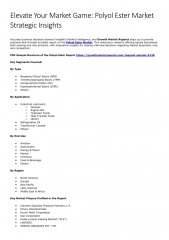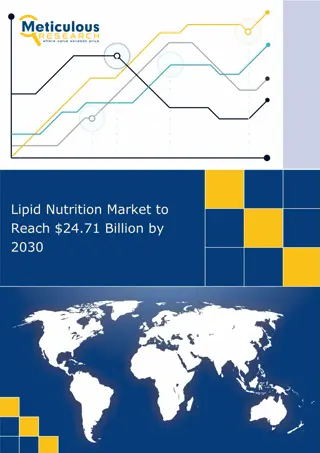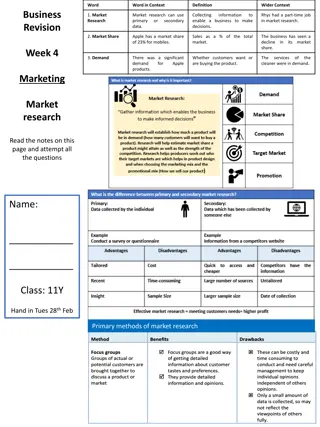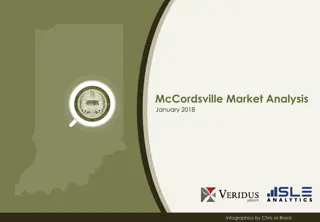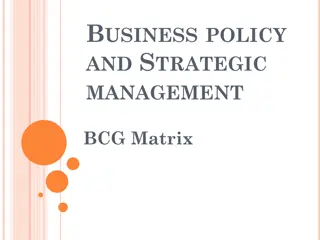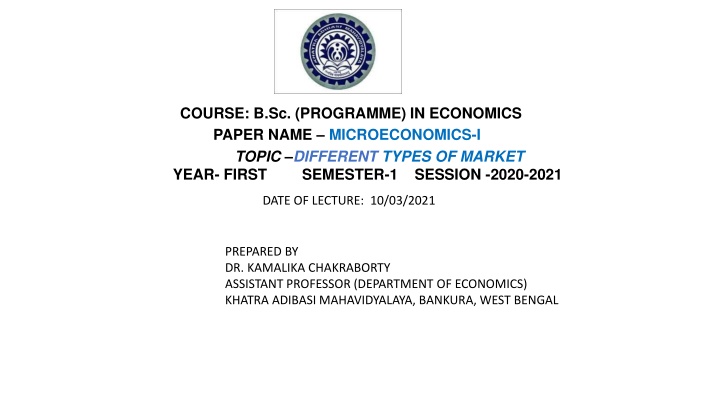
Types of Market Classification in Microeconomics
Explore the characteristics and features of different types of markets such as Perfect Competition, Monopoly, and Monopolistic Competition. Understand the criteria for classifying markets and examples of each type.
Download Presentation

Please find below an Image/Link to download the presentation.
The content on the website is provided AS IS for your information and personal use only. It may not be sold, licensed, or shared on other websites without obtaining consent from the author. If you encounter any issues during the download, it is possible that the publisher has removed the file from their server.
You are allowed to download the files provided on this website for personal or commercial use, subject to the condition that they are used lawfully. All files are the property of their respective owners.
The content on the website is provided AS IS for your information and personal use only. It may not be sold, licensed, or shared on other websites without obtaining consent from the author.
E N D
Presentation Transcript
COURSE: B.Sc. (PROGRAMME) IN ECONOMICS PAPER NAME MICROECONOMICS-I TOPIC DIFFERENT TYPES OF MARKET YEAR- FIRST SEMESTER-1 SESSION -2020-2021 DATE OF LECTURE: 10/03/2021 PREPARED BY DR. KAMALIKA CHAKRABORTY ASSISTANT PROFESSOR (DEPARTMENT OF ECONOMICS) KHATRA ADIBASI MAHAVIDYALAYA, BANKURA, WEST BENGAL
Different Criteria for Classification of Markets Markets can be classified on the basis of the following criteria: Characteristics Market Structure Number of Firms Entry conditions Product type Control over Price Perfect Competition Very large Free entry and free exit Homogeneous Buyers and sellers are price takers Monopoly One No free entry and exit Product has no close substitute One seller who is a price maker Monopolistic competition Large Free entry and free exit Differentiated but products are close substitutes of one another Homogeneous or differentiated Many sellers who are price makers Oligopoly Few Entry and exit restricted to certain extent Few sellers who are price makers
Features of Perfect Competition (i)There are large numbers of sellers (ii) Sellers and buyers are price-takers (iii) Products produced are homogeneous in nature (iv) There is free entry and free exit of firms to and from the industry (v) There are no transport costs (vi) There are no selling costs Examples: Foreign exchange markets, Agricultural markets etc
Features of Monopoly (i) There exists only one seller producing a commodity that has no close substitutes in the market (ii) The monopolist behaves as a price-maker (iii) Entry is completely restricted Examples:Railways, Microsoft etc
Features of Monopolistic Competition (i) There exist several or many sellers (ii) Sellers sell differentiated products, that is, product of one seller is a fairly close substitute for those of other sellers (iii) Sellers have some influence over the price of their products (iv) There is freedom of entry and exit (v) Selling costs or advertisement expenditure plays a key role in this type of market Examples: Restaurant business, Hotels, Consumer services such as hairdressing etc.
Features of Oligopoly (i) There exists few sellers (ii) Sellers may sell homogeneous or differentiated products (iii) Each oligopoly seller considers the effect of his action (namely, price) on other rival sellers (thus, sellers recognize their interdependence) (iv) Entry is restricted Examples: Autoindustry, Cable television etc

